Want to know what is the largest desert in the world? A large part of the world is desert consisting of polar ice, tundra, subtropical and cold winter deserts. The sandy desert of Saudi Arabia is famous in the world, while the Arctic is spread over a large part of the world. Here we have compiled a list of the top 7 largest deserts in the world.
Sahara Desert
The Sahara is one of the largest deserts on the African continent. It is the largest low-latitude hot desert in the world with an area of 9,200,000 square kilometers (3,552,140 sq mi). Sahara is the third largest desert in total area, smaller only than the deserts of Antarctica and the Northern Arctic.
Furthermore, the Sahara Desert covers large parts of Algeria, Chad, Egypt, Libya, Mali, Mauritania, Morocco, Niger, Western Sahara, Sudan and Tunisia. Also, it covers 9 million square kilometers, which is 31% of Africa.
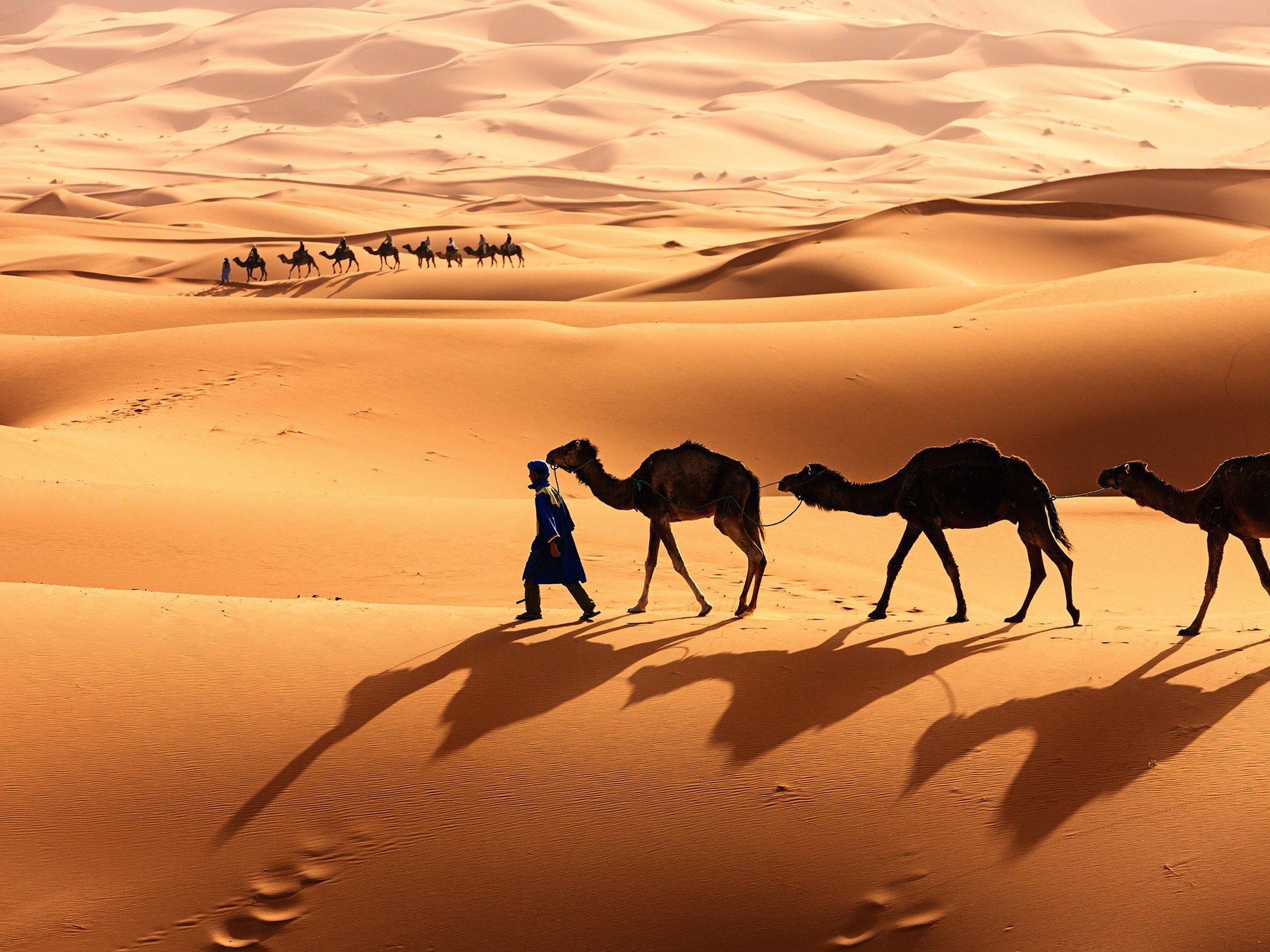
Antarctic Desert
Antarctica is the southernmost continent on Earth. It includes the geographic South Pole and is located in the Antarctic region of the Southern Hemisphere.
Almost entirely south of the Antarctic Circle, and surrounded by the Southern Ocean. At 14,200,000 square kilometers, it is the fifth largest continent in the world and almost twice the size of Australia. Moreover, much of Antarctica is a polar desert, with an annual rainfall of 200 mm (8 in) along the coast and much less inland.
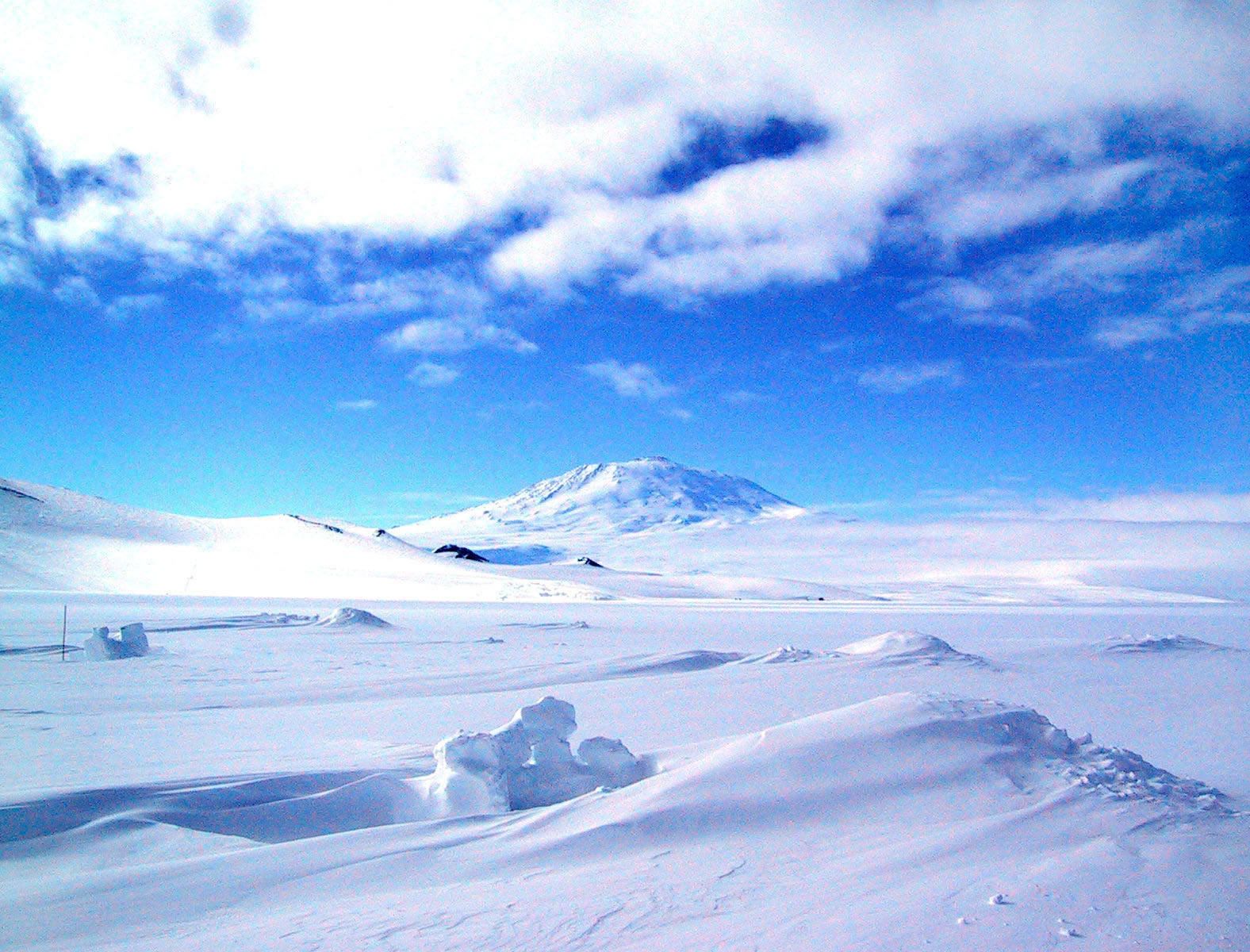
Arabian Desert
The Arabian Desert is a vast desert forest in Western Asia. It extends from Yemen to the Persian Gulf and from Oman to Jordan and Iraq. It covers most of the Arabian Peninsula with an area of 899,618 square miles.
Furthermore, biodiversity is very low in the desert region of Arabia, although some endemic plants grow here. Many species, such as the striped hyena, jackal and honey badger, have become extinct due to hunting, human encroachment and habitat destruction.

Australian Desert
The Australian Desert covers 18% of the Australian mainland with 1,371,000 km. About 35% of the Australian continent receives so little rain that it is effectively a desert. Deserts in Australia are mainly distributed throughout the western plateau and the interior lowlands of the country.
Additionally, the deserts of Western Australia are well explained by the slight evaporation of the cold ocean current of the Western Australian Current of polar origin, which prevents significant precipitation in the interior of the continent.
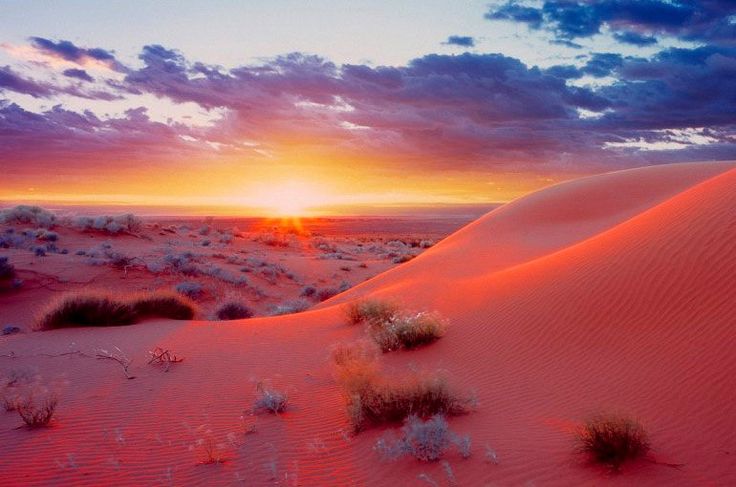
Arctic Desert
The Arctic Desert ecoregion is a terrestrial ecoregion. It covers the island groups of Svalbard, Franz Josef Land, Severny Island and Severnaya Zemlya in the Arctic Ocean above 75 degrees north latitude. The region is covered with glaciers, ice and bare rock in a harsh cold climate. Additionally, in summer temperatures rise above freezing for short periods, so some of the ice melts, and the region supports colonies of marine birds and mammals.
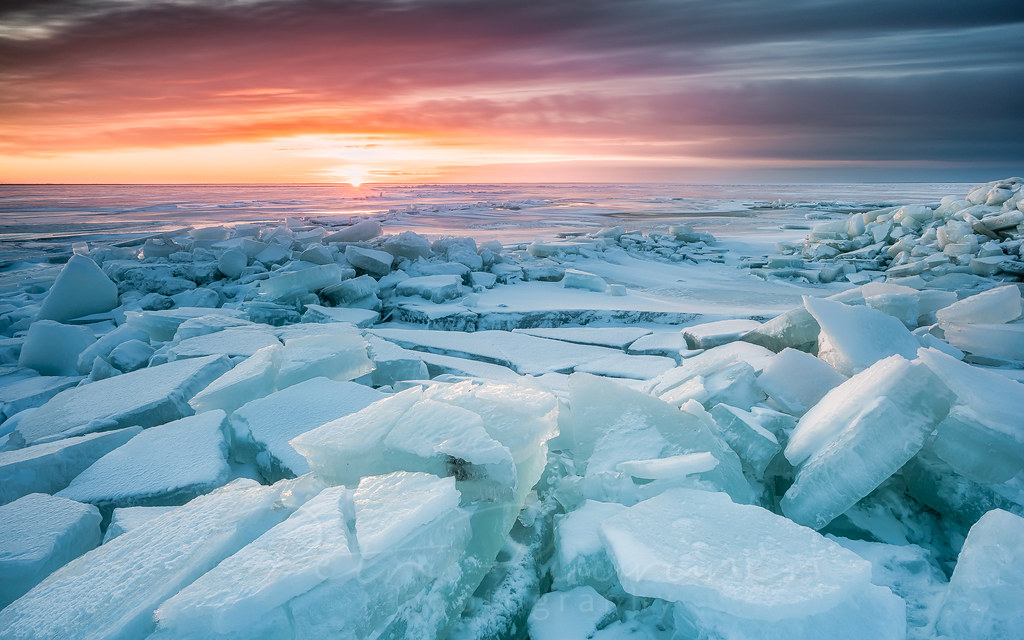
Patagonian Desert
The Patagonian Desert (Patagonian Steppe) is the largest desert in Argentina and the 8th largest desert in the world by area. It covers an area of 673,000 square kilometers (259,847 sq mi).
In addition, the central part of the steppe is dominated by shrub and herbaceous plant species, although in the west, where rainfall is high, shrubs are replaced by grasses. Topographically, the desert consists of an alternating tableland and massifs dissected by river valleys and canyons.
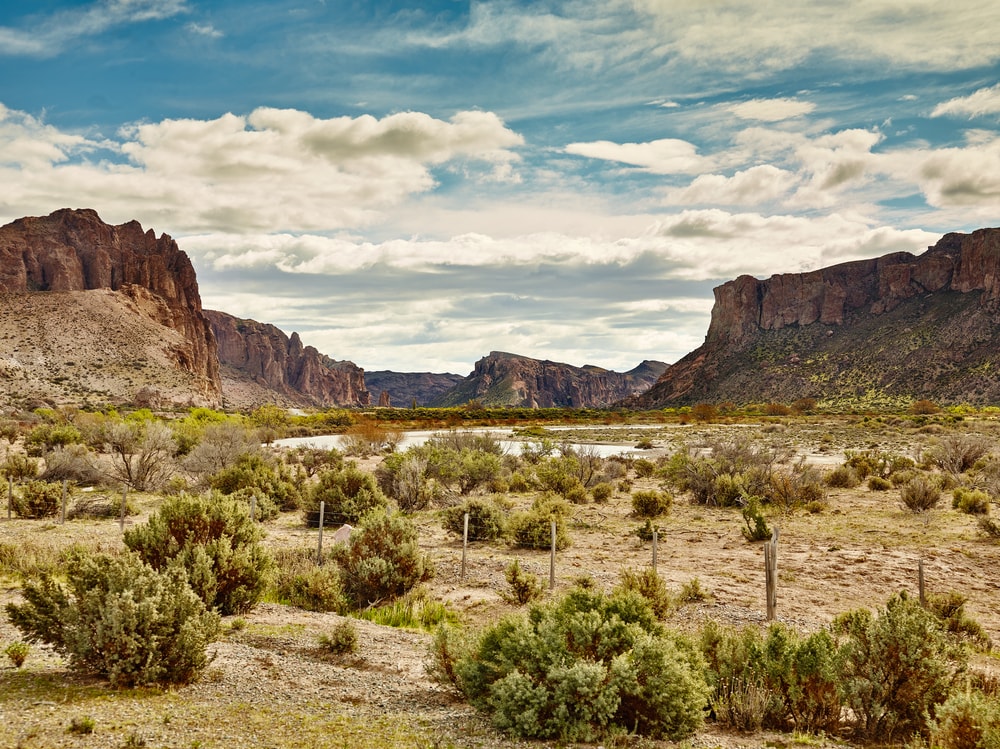
Kalahari Desert
The Kalahari Desert is a large semi-arid sandy savanna in southern Africa. It covers 347,492 square miles, which includes parts of Botswana and Namibia and South Africa. The Kalahari Desert is home to many migratory birds and animals. Previously a haven for wild animals ranging from elephants to giraffes, and for predators such as lions and cheetahs, the banks of the river are now mostly grazing sites, although leopards and cheetahs can still be found.
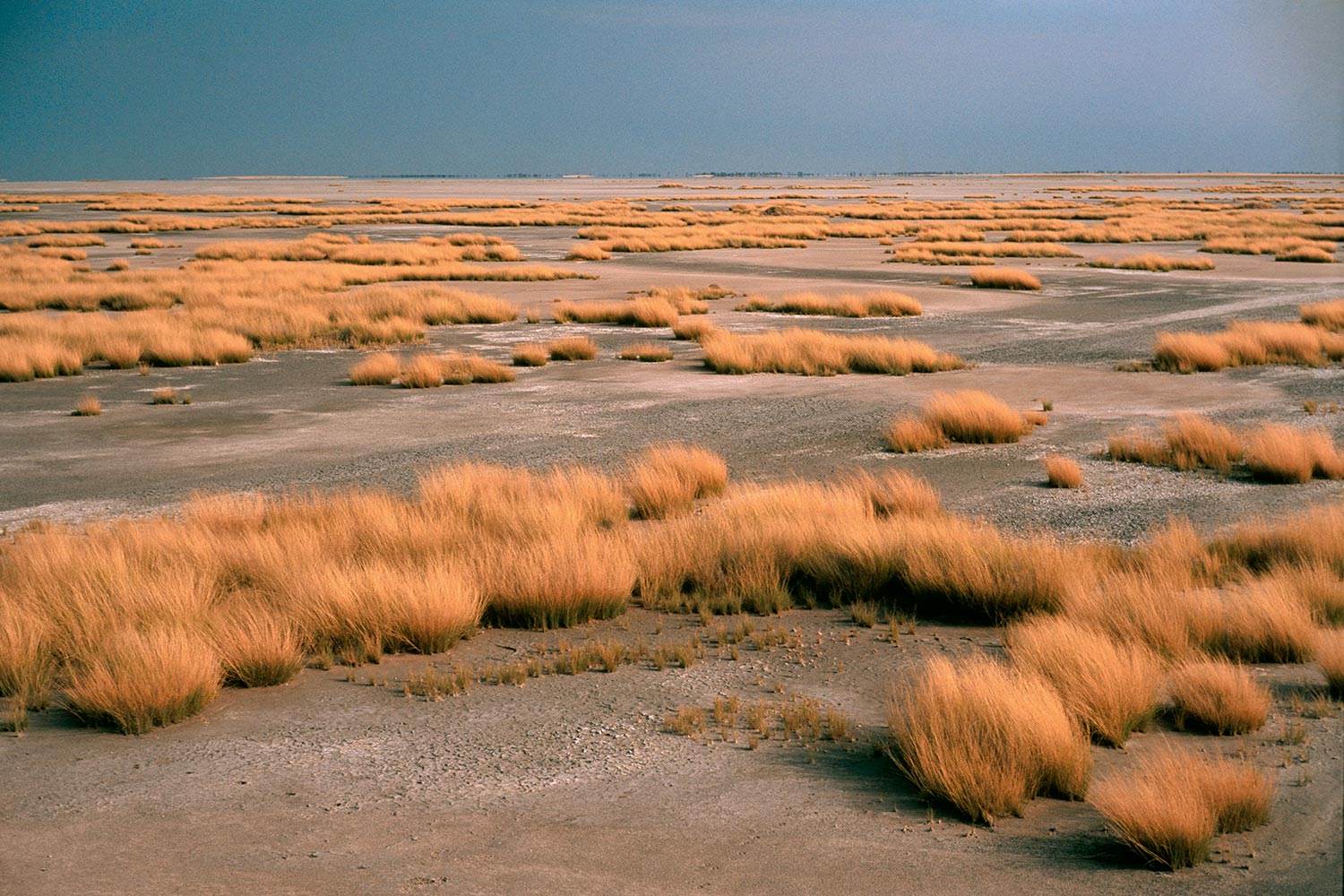




Related Posts
Top-7 Most Expensive Dogs in the World
7 Most Expensive Cats in the World 2023
Top-7 most luxurious and expensive airlines in the world